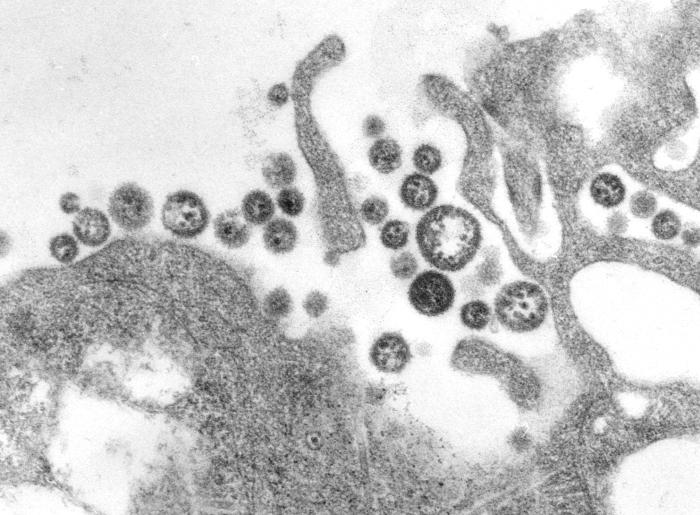The CDC and the New Jersey Department of Health have confirmed a death from Lassa fever which was diagnosed earlier today in a person returning to the United States from Liberia. The patient traveled from Liberia to Morocco to JFK International Airport on May 17th.

The patient did not have a fever on departure from Liberia, did not report symptoms such as diarrhea, vomiting, or bleeding during the flight, and his temperature was taken on arrival in the U.S. and he did not have a fever at that time. On May 18th, the patient went to a hospital in New Jersey with symptoms of a sore throat, fever and tiredness. According to the hospital, he was asked on the 18th about his travel history and he did not indicate travel to West Africa.
The patient was sent home the same day and on May 21st returned to the hospital when symptoms worsened. The patient was transferred to a treatment center prepared to treat viral hemorrhagic fevers. Samples submitted to CDC tested positive for Lassa fever early this morning. Tests for Ebola and other viral hemorrhagic fevers were negative. The patient was in appropriate isolation when he died there this evening.
Lassa fever is a viral disease common in West Africa but rarely seen in the United States. There has never been person-to-person transmission of Lassa fever documented in the United States. The New Jersey case is the sixth known occurrence of Lassa fever in travelers returning to the United States since 1969, not including convalescent patients. The last case was reported in Minnesota in 2014. Although Lassa fever can produce hemorrhagic symptoms in infected people, the disease is different from Ebola, which is responsible for the current outbreak in West Africa. In general, Lassa fever is less likely to be fatal than Ebola (approximately 1% case fatality rate for Lassa vs approximately 70% case fatality rate for Ebola without treatment) and less likely to be spread from person to person. However, some Lassa patients develop severe disease, as the patient in New Jersey did.
Related: The World’s Deadliest Viruses
In West Africa, Lassa virus is carried by rodents and transmitted to humans through contact with urine or droppings of infected rodents. In rare cases it can be transmitted from person to person through direct contact with a sick person’s blood or bodily fluids, through mucous membrane, or through sexual contact. The virus is not transmitted through casual contact, and patients are not believed to be infectious before the onset of symptoms. About 100,000 to 300,000 cases of Lassa fever, and 5,000 deaths related to Lassa fever, occur in West Africa each year.
CDC is working with public health officials to generate a list of people who had contact with the patient. Those identified as close contacts of the patient will be monitored for 21 days to see if symptoms occur.
Updates will be provided as the investigation continues.


6 thoughts on “Lassa fever death reported in New Jersey, US traveler returned from Liberia”